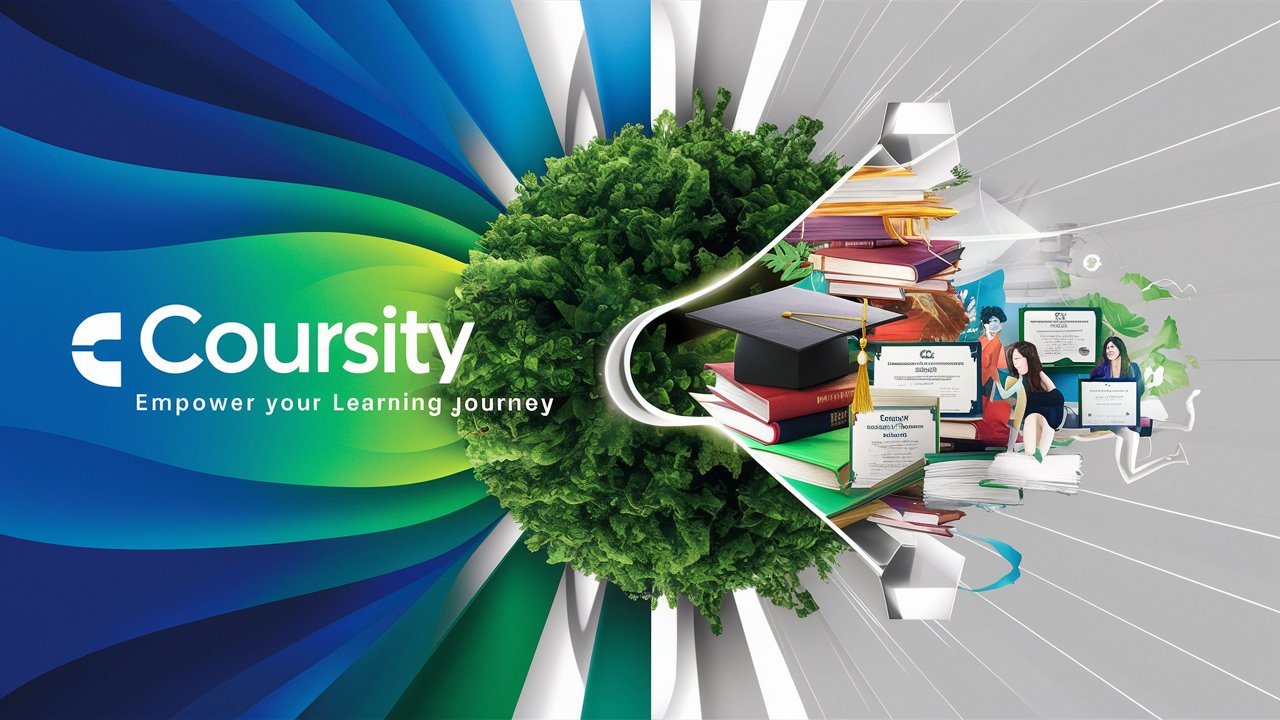
Natural Language Processing (NLP) is a field in artificial intelligence that uses machine learning algorithms to transform how computers understand and interpret human language.Human computer interaction (HCI) on the other hand is a research field focussed on understanding design patterns and further improve how human beings interact with computers. HCI seeks to understand the general user experience of the users who interact with software systems. The impact of HCI research is far reaching in the technology space. The findings have contributed to the design of internationally recognised design standards that progressively make computer systems easy to use and relatively uniform. Ever since computers came into existence the main goal of technology professionals has always been to make computers progressively easier to use. The quest for more usable systems and devices is clearly evidenced by the fact that we progressively grew from mainframe computers, then microcomputers, desktop computers and now people can have the tiniest of devices that they use on the go with high computational capacity. Imagine if we had to convert all our requests into binary format before keying them into a computer? How many people would be able to use computer systems? This article seeks to understand the relationship between NLP and HCI and consequently the ways in which both fields can contribute to better user experiences and advancements in how we interact with computer systems.
Interaction Between NLP and HCI
The field of NLP has been in existence for about five decades. During this time computing devices have progressively become more advanced and accessible to many people. As a result HCI researchers have had to rely on findings from NLP research such as text to speech translations to progressively make computer systems more usable by people in an easy and convenient way. For example, instead of typing a large volume of text in a search engine one could simply ask their question by speaking into the microphone and the browser will know how to transform this into text. The research into NLP algorithms and their integration into computer systems is at a very advanced stage with most of the solutions having already been implemented. The remaining gaps are mostly in ensuring that the NLP systems are exposed to large amount of previous data to ensure that they have access to a wide pool of responses that are accurate and as natural as possible. To some users such as those living with disability natural language is possibly the only way they can interact with computer systems. Therefore, if this systems are not accurate and reliable it may impact their general experience.
Advancements in NLP and HCI
The earlier research in HCI seemed to suggest that many users would often leave a system without completing a task if the interface was too difficult to navigate. For instance, one would easily give up if they needed to fill out a form and in order to access the form they would go through four screens and also spend some extra time finding. tiny button to open the form hidden within the page. Another instance could be if the colors and general structure of pages was not consistent in the entire system. Users do not desire to spend so much time trying to figure out what certain icons or buttons on the system are supposed to mean. They want to find information fast and complete their actions with minimal effort. Therefore, with a core understanding of the challenges that existed in human computer interactions it became quite easy to sell NLP related tools because they made it easy for users to interact with computer systems in the most natural form. For example, HCI research had found that it was easy for users to interact with systems if the icons were based on items they could recognise. Most of the AI assistants (Google, Siri) etc have a microphone icon that one would easily recognise as a symbol that they need to click on it and speak so as to interact with the device. As research in both NLP and HCI advances the outcomes will be algorithms that are powerful enough to process large volumes of information, integrating these algorithms into industry specific standards and consequently following the best design practices to make these NLP tools usable to the end users.
Conclusion
For many years most of the findings from human computer interactions seemed unachievable. For instance it was always quite a challenge how to ensure people with vision problems could use mobile devices. However, with voice recognition support everyone is now able to interact with the devices in their preferred language. However, there is still opportunities for improvement especially in ensuring NLP algorithms are well trained to interpret large volumes of data and progressively learn from new information.
